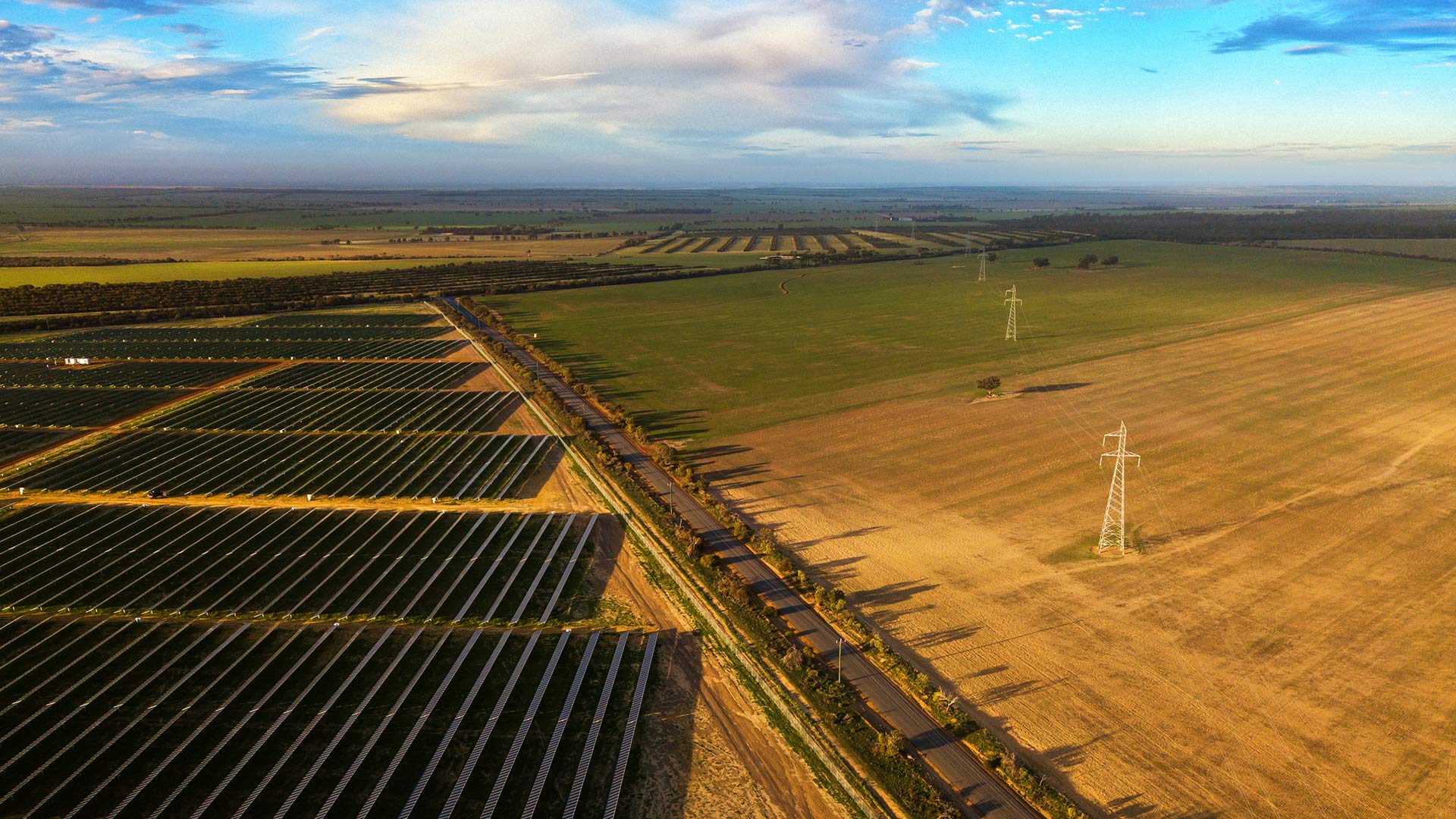
Unless Australia reduces its energy consumption, a recent study finds it’ll be almost impossible for renewable energy to replace fossil fuels by 2050. This is what’s required to reach our net-zero emissions target.
The study identifies two principal justifications for reducing energy consumption (or “energy descent”):
- the likely slow rate of electrifying transport and heating
- that renewable energy will be chasing a retreating target if energy consumption grows.
Rapid growth in wind and solar is slowed by three critical requirements of the electricity industry:
- to establish Renewable Energy Zones (a cluster of wind and solar farms and storage)
- to build new transmission lines and medium-term energy storage such as pumped hydro
- to reform electricity market rules to make them more suitable for renewable electricity.
Optimistic calculations based on how quickly we can build solar and wind farms and their infrastructure ignore the fact that the growth of renewable electricity is limited by electricity demand.
When existing coal-fired power stations have been replaced by renewables, electricity demand will be determined by how rapidly we can electrify transport and combustion heating. These are the principal tasks that will limit the future growth rate of renewable electricity. They will likely be implemented slowly, despite the urgency of climate change.
Households and industries have big investments in petrol/diesel vehicles and combustion heating.
If Australia’s total final energy consumption grows linearly at the pre-pandemic rate from 2021 to 2050, then renewable electricity would have to grow at 7.6 times its pre-pandemic rate to catch up by 2050.
Alternatively, if renewable electricity growth is exponential, it would have to double every 6.8 years until 2050.
Considering that future growth in renewable electricity will be limited by the rate of electrifying transport and combustion heating, both the required linear and exponential growth rates appear impossible.
Both the International Energy Agency and modelling done for the IPCC avoid the problem by assuming large-scale CO₂ capture and storage, or directly capturing CO₂ from the air will become commercially available.
But relying on these unproven technologies is speculative and risky. Therefore, we need a Plan B: reducing our energy consumption.
If we could halve 2021 energy consumption by 2050, the transition may be possible. That is, if raw materials (such as lithium and other critical minerals) are available and local manufacturing could be greatly increased.
If the total final energy consumption declines linearly and renewable electricity grows linearly, the latter would only have to grow at about three times its 2015–2019 rate to replace all fossil energy by 2050. For exponential growth, the doubling time is 9.4 years.